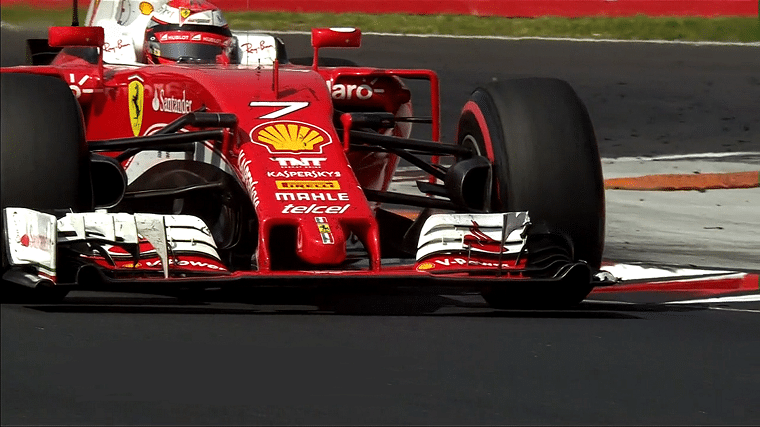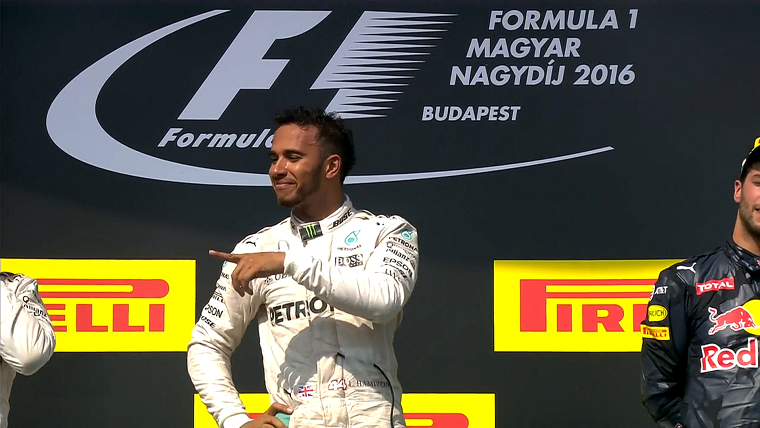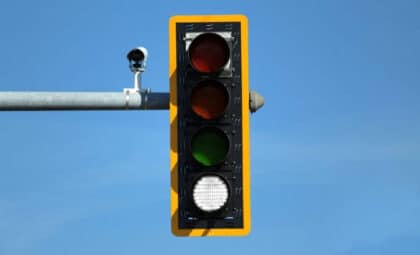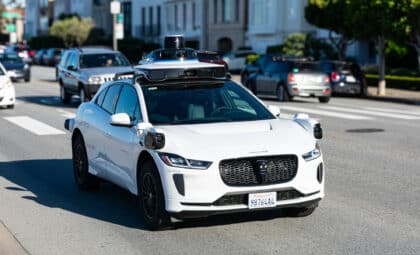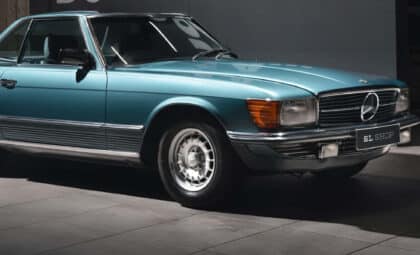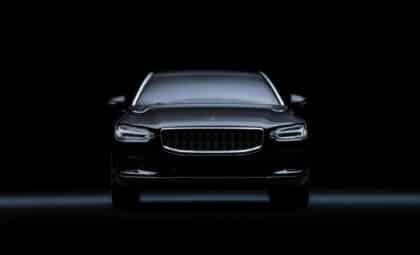
My problem is with the asinine radio rules, the inconsistency of the stewards, the increasing amount of Grand Prix located in blatantly corrupt nations (wealthy ones, of course), and the poorly thought-out Band-Aid solutions like the new qualifying format from earlier this season. My problem is with the ugly and pointless “halo,” the bland and predictable Tilkedromes, the overpriced tickets, Bernie’s relentless attempts to squeeze tracks out of their every dime no matter their heritage, and F1’s refusal to upgrade to the new millennium and offer proper paid streaming platforms like just about every other sport already does.
In 1997, my father had to stop watching the final Grand Prix of the year because I had broken my arm. In 1998, I decided broken arms weren’t as nice as watching along with him and have loved the sport ever since. I don’t think I ever won’t—my passion for racing transcends F1—but if the FIA and FOM don’t quickly start to learn from their mistakes, I certainly wouldn’t be able to blame anyone for not joining the sport’s already dwindling spectatorship. Please, make F1 great again.
Anyway, let’s get to qualifying and then to why this weekend’s race was so frustrating.
[wptab name=’Qualifying’]

Downforce is king in the wet, so perhaps it comes as no surprise that the three cars to crash (a Sauber, a Williams, and a Manor) were the ones known to have less of it than most competitors.
Fortunately, things went along much faster after Q1 was over and qualifying was actually entertaining thanks to the changing conditions; the track was constantly getting faster and you really had no way to predict who would come out on top. For instance, Kimi Räikkönen only qualified 14th because he was one of the first to cross the checkered flag at the end of Q2 and everyone behind him was able to take advantage of a slightly drier track.
Ultimately, it was Nico Rosberg who cinched the 26th pole position of his career, matching Mika Häkkinen‘s record. He was helped by Fernando Alonso, who spun his McLaren in the middle of the track and spoiled the final hot lap of everyone close behind him, including that of Lewis Hamilton, who had looked like the favorite for pole.
[/wptab]
[wptab name=’Easy Win’]
The race itself was a bit of a snooze, but that was to be expected—it’s notoriously difficult to pass at the Hungaroring in Mogyoród, Hungary. There is only one straight of any significant length at the circuit, but it is still too short to offer real overtaking opportunities, even with DRS. However, it can allow drivers to get close enough to make a move on the shorter straight immediately following it, though that is usually difficult to do as well.
The main issue stems from “dirty air,” the nickname given to the turbulent air that a Formula 1 car leaves in its wake as a result of its complicated aerodynamics. Dirty air reduces the aerodynamic efficiency of the car behind, which makes it difficult for it to follow closely in corners, especially if both cars are on a similar level of performance. Despite this known problem, the new regulations that will come in effect for 2017 will very likely make the dirty air problem worse. In any case, most drivers can’t hope to get closer than half a second from the car in front before a straight—and at the Hungaroring, that’s simply not good enough to set up a pass.
That’s why when Lewis Hamilton took the lead at the start of the Grand Prix, I knew it was game over for Nico Rosberg. Unless Hamilton made a major mistake or the team fumbled his pit stop, I couldn’t see how Rosberg would get by—even if he was marginally faster. In fact, the difficulty of passing played right into Hamilton’s hands, who was able to take it easier than normal and nurse his engine; as mentioned in last race’s recap, he’s on his last.
[/wptab]
[wptab name=’Ferrari vs. Red Bull’]
Even with broken bits, Kimi Räikkönen was making good time.
Once again, it was up to Ferrari and Red Bull to give us a show for the best-of-the-rest. All four drivers were closely matched, with maybe a slight pace edge going to Ferrari. Sebastian Vettel was able to get by Max Verstappen via a pit stop undercut and Kimi Räikkönen did good work to catch up from 14th place with a combination of quick overtaking at the start of the race and a long first stint to avoid getting stuck behind some of the midfield competitors. In fact, his long stint allowed him to narrowly get past Verstappen when the latter made his first pit stop and he did a brilliant job of keeping him behind despite being on older tires, which gave Vettel plenty of breathing room to get to work on Ricciardo (though Vettel’s efforts proved futile).
By the end of the race, the situation had reversed. The Iceman was on the back of the Dutchman with quicker tires but struggled to find a passing opportunity. One finally came, but Verstappen defended so aggressively that Räikkönen lost part of his front wing trying to evade him. Most people agree that it was too aggressive and almost certainly illegal—I’m on the fence between blaming Verstappen and calling it a racing incident, personally. Either way, it’s highly suspect that the race stewards didn’t even bother investigating the incident at all, given how dangerous it can be to change direction in a braking zone and that these days they seem to do everything in the name of “safety” and all that. Perhaps that is because they had better things to do, like penalizing Jenson Button, that naughty Brit…
[/wptab]
[wptab name=’No Radio for Button’]
Push all the right buttons!
For the third time this season I regret to have to address the radio ban issue. Early in the race, Jenson Button alerted his team that his brake pedal was getting stuck. His race engineer explained that it was caused by a hydraulic pressure issue and advised him not to change gears until they could fix it. By that point, Button had already fallen well behind—so what did the stewards decide they should do? Slap him with a penalty for breaking radio rules, of course! Apparently, a stuck brake pedal and hydraulic pressure problems don’t fall under the realm of “safety issues” and thus the engineer shouldn’t have “coached” Button by instructing him not to change gears. I guess Button should have known himself not to do so because of a brake problem and, while he was at it, press all the right buttons on his steering wheel, pull out a wrench and fix his car on the go himself. And Bernie wonders why Formula 1 is losing fans. It makes me ashamed for the sport—which is, by the way, a team sport, even if the driver is the one in the spotlight.
[/wptab]
[wptab name=’Post-Race Thoughts’]
We’re now just past the halfway point of the season and Lewis Hamilton is, for the first time this year, sitting at the top of the standings after overcoming a 43-point deficit since the start of the 5th round in Spain. It’s not been looking great for Nico Rosberg over the last few races, but it’s not been looking terrible either. He’s only six points behind and, as mentioned before, Hamilton is on his last power unit with 10 rounds to go. After the German Grand Prix takes place next weekend, the drivers will enjoy their one-month summer break and you can bet both of them will do everything they can in their power to head into it while holding the championship lead.
[/wptab]
[end_wptabset]
Kurt Verlin was born in France and lives in the United States. Throughout his life he was always told French was the language of romance, but it was English he fell in love with. He likes cats, music, cars, 30 Rock, Formula 1, and pretending to be a race car driver in simulators; but most of all, he just likes to write about it all. See more articles by Kurt.

